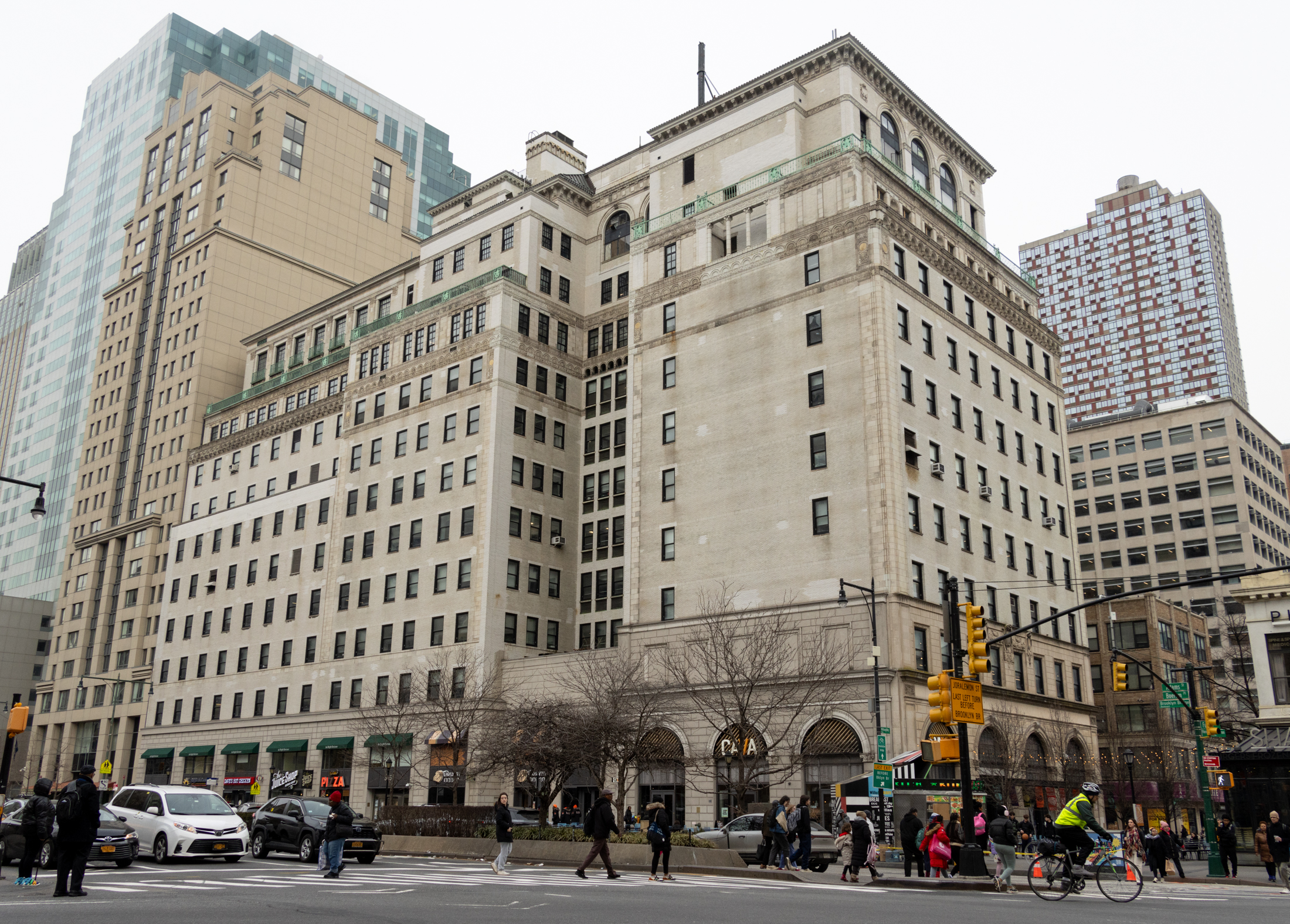Building of the Day: 283 Prospect Avenue
Brooklyn, one building at a time. Name: Built as The Evangelical Lutheran St. John’s Congregation of Brooklyn, now St. John – St. Matthew– Emanuel Lutheran Church Address: 283 Prospect Avenue Cross Streets: Fifth and Sixth Avenues Neighborhood: Greenwood Heights Year Built: 1898-1899 Architectural Style: Rundbogenstil Gothic Revival Architect: Unknown Landmarked: No The story: I’ve been…

Brooklyn, one building at a time.
Name: Built as The Evangelical Lutheran St. John’s Congregation of Brooklyn, now St. John – St. Matthew– Emanuel Lutheran Church
Address: 283 Prospect Avenue
Cross Streets: Fifth and Sixth Avenues
Neighborhood: Greenwood Heights
Year Built: 1898-1899
Architectural Style: Rundbogenstil Gothic Revival
Architect: Unknown
Landmarked: No
The story: I’ve been observing and reading about architecture for a while now, and have learned a great deal about style and period. Church architecture is a fascinating subject to me, and I’ve seen enough churches and styles to be pretty good at telling you the denomination of a church without seeing the name on the sideboard out front. Catholic architecture is very different from Methodist, which is different from Episcopalian or Lutheran. Each denomination, each ethnic group that made up the denomination had its own unique style. This particular church couldn’t be more German Lutheran if Martin Luther himself were standing outside.
Many of Brooklyn’s German American architects were trained in the old country, or were trained by architects and builders from Germany who had immigrated to the United States. They brought with them specific Germanic building and stylistic traditions, one of which we know as Rundbogenstil architecture. The word means “round arch” and is a specifically Germanic version of Romanesque Revival architecture established in the late 1830s. The German architects of the day, specifically Heinrich Hübsch, who is regarded as the father of Rundbogenstil, were seeking to find a national German style, and looked to a simple and elegant architecture based on Roman design principals.
What resulted was an elegant style with arched windows and doors, usually with “eyebrow” lintel windows, and inverted arched crenellation under the eaves. In churches and synagogues, the style also resulted in very angular towers, and the arched windows and entryways are often pointed in a more Gothic style. The inverted arched cornices, the most noticeable feature in the style, is well articulated in brick, and can be found in breweries, factories, churches and homes designed by Theobald Englehardt and many of the other German American architects of the late 1800s. He may have designed this church, but I could not find any record of the architect at all.
St. John’s Lutheran Church was organized in 1866. Its first pastor was a Dutch Reformed minister named Reidenbach. The congregation met here and there in neighborhood churches until they could raise money to buy three lots on Prospect Avenue, which at the time was called Middle Street. In 1868, they built a small wood framed church in this neighborhood that is still filled with wood framed houses. By 1898, they needed a larger church, and raised more money to build this church. The cornerstone was laid in 1898, and it was consecrated in 1899. A few years later, the rectory next door was completed. It’s the limestone house to the left, which once had a great peaked roof. That can be seen in the period photo below. The church officially changed its name to the Evangelical Lutheran St. John’s Congregation of Brooklyn.
Like many churches, however, they had some internal problems. German Americans in the late 1800s were of two minds when it came to assimilating into American culture. Many wanted to leave a lot of their German cultural habits behind, and become Americans. They wanted church services to be in English. Others wanted to hold onto their language, and conduct services in German. In 1884, the church wanted to be bi-lingual, and this split the congregation. The German speakers founded a new congregation nearby called the German Evangelical Emanuel Lutheran Church, which had its church on 7th Street between 6th and 7th Ave.
St. Matthew’s Evangelical English Lutheran Church was an even earlier German church established in 1859. They were the first German Lutheran church to establish themselves as an English speaking church in Brooklyn. They eventually settled at a large church on the corner of 6th Avenue and 2nd Street in Park Slope. It was a BOTD here in the past. By 1948, both the congregation of the German Evangelical Emanuel Lutheran Church and St. Matthew’s had diminished to the point that they merged. It’s ironic that the church that rejected English services ended up merging with the first English speaking Lutheran church.
In 1955, just after the Prospect Expressway cut a cruel swatch through this part of Brooklyn, miraculously saving the buildings on this side of the block, St. John’s had a horrific fire that destroyed most of the interior. As they were rebuilding, they began worshipping at St. Matthew-Emanuel. They were able to move back into their own church in 1957. When both churches were left pastorless in 1974, they joined together under one pastor as St. John-St. Matthew-Emanuel Lutheran Church, which they remain to this day. Today the church thrives with social programs for the neighborhood, and is an active part of Greenwood Heights life. GMAP
(Photograph:Nicholas Strini for Property Shark)











What's Your Take? Leave a Comment